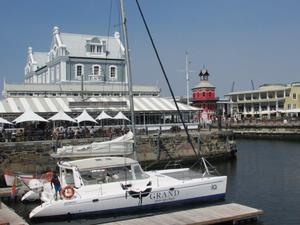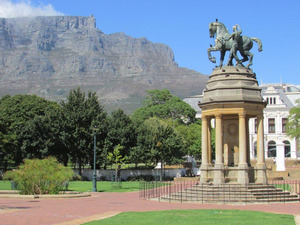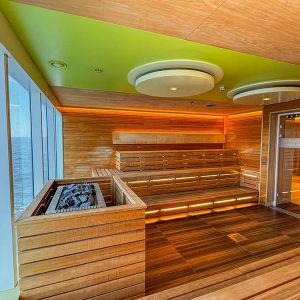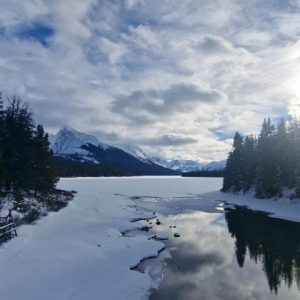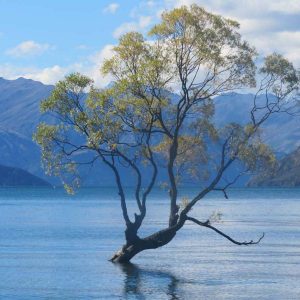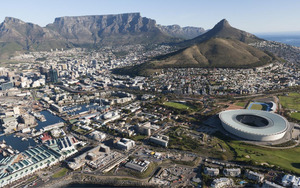 Nestled between Table Mountain and the Atlantic, Cape Town has one of the most enviable locations of any coastal city with a laidback lifestyle that offers something for all ages and interests.
Nestled between Table Mountain and the Atlantic, Cape Town has one of the most enviable locations of any coastal city with a laidback lifestyle that offers something for all ages and interests.
I’d always wanted to see it for myself but for many years, my husband and I resisted, deterred by rumours of personal safety issues. But this year we gave in, largely down to the realisation that today, bad things can sadly happen in any country. We booked a two-week winter sunshine break in February and instantly fell in love with both the place and its friendly people.
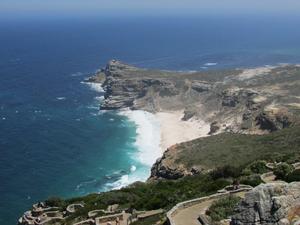 “Did you ever feel unsafe?” our friends all asked on our return. “Not for a single second,” came our instant reply. I’ve clutched my bag more tightly in many European cities. South Africa does have its security problems – and its poverty issues – but they certainly weren’t apparent in the area of the Western Cape around Cape Town and the Winelands.
“Did you ever feel unsafe?” our friends all asked on our return. “Not for a single second,” came our instant reply. I’ve clutched my bag more tightly in many European cities. South Africa does have its security problems – and its poverty issues – but they certainly weren’t apparent in the area of the Western Cape around Cape Town and the Winelands.
You don’t need a car in the city, but if you want to go further afield and be independent, car hire is quite reasonably priced. South Africans drive on the left as we do and petrol cost around 85p a litre during our stay. Pay a few extra pounds to hire a GPS system and you never need worry about getting lost. But if you don’t want to drive, many excursions depart from Cape Town, including the Winelands and a bus tour around Cape Point and the Cape of Good Hope.
So for anyone considering a first visit to Cape Town, here are a few of my tips:
Book in plenty of time
Whether you go independently like we did or through a tour operator, you need to plan ahead to get the best deals and accommodation. Peak season is November through March. We booked flights in August for our February departure but didn’t tackle hotels until November when we found that hotels in popular areas were already filling up.
Personal Safety
Let’s get the big question out of the way first. Personal safety. Common sense and a cross-body bag for ladies are really all you need. Most visitors stay around the tourist hub that is the beautiful V&A Waterfront – named after Victoria and her son Alfred, who tipped the first load of rubble into the new harbour, rather than hubby Albert. The big township area to the east of the city has its gang and drug problems like inner cities across the world, but you’re not going to go there unaccompanied as a tourist.
Where to Stay
We booked into the Commodore Hotel, just five minutes walk from the shops, restaurants and excursion boats. I’d recommend spending a bit extra on a room with a Table Mountain view; also trying the traditional Cape Malay cuisine at their adjacent sister hotel The Portswood. Beach lovers may also like the buzz of Camps Bay a bit further round the coast, but still on bus routes to the city centre. Be warned though, the Atlantic waters are cold, even in summer, unless you’re kitted out for water sports in a wet suit!
Getting Around 
The accepted tourist transport is the red Citysightseeing bus network which starts from the V&A Waterfront and offers a choice of hop-on, hop-off routes which include stops for Table Mountain, Kirstenbosch National Botanic Gardens, and the Groot Constantia wine estate. But we walked a lot too, including an entire morning wandering through the city’s Downtown area to admire the period architecture, visit the museums and relax in the tranquil park known as The Company’s Garden, once the kitchen garden for the Dutch East India Company.
Table Mountain
Wherever you go in downtown Cape Town, you’re treated to the picture postcard silhouette of Table Mountain which watches over the ‘Mother City’. If you want to enjoy the panoramic views across the rooftops to Table Bay and the Cape Peninsula, listen to the locals and don’t hang around if the weather is clear. The cable car stops running when the wind gets up. After an overnight flight, we checked into our hotel and then asked the concierge to book us cable car tickets and a cab. By mid-morning we were looking down on the city.
What’s New
Visit the city after September this year to catch the Zeitz MOCAA Museum of Contemporary Art Africa. This private collection owned by Jochen Zeitz will become the centrepiece of the new Silo district currently under construction at the V&A Waterfront.
Robben Island
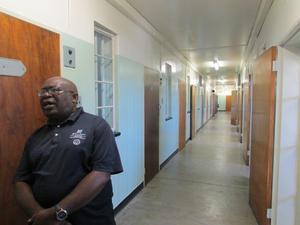 Every Cape Town visitor who doesn’t visit Robben Island ends up wishing they had, so I’d advise booking online before you travel to avoid disappoint at peak times, or at least getting your hotel concierge to book tickets for you on arrival. The trip lasts four hours, including the 30-minute boat trip, and is divided into two halves – a guided tour by coach to see the main sites on the island which has been a prison since the 17th century and then a tour of the political prison including the cell where Nelson Mandela spent 18 years. What’s particularly poignant is that tours of the prison are given by former political prisoners who give a unique insight into the apartheid era.
Every Cape Town visitor who doesn’t visit Robben Island ends up wishing they had, so I’d advise booking online before you travel to avoid disappoint at peak times, or at least getting your hotel concierge to book tickets for you on arrival. The trip lasts four hours, including the 30-minute boat trip, and is divided into two halves – a guided tour by coach to see the main sites on the island which has been a prison since the 17th century and then a tour of the political prison including the cell where Nelson Mandela spent 18 years. What’s particularly poignant is that tours of the prison are given by former political prisoners who give a unique insight into the apartheid era.
Winelands
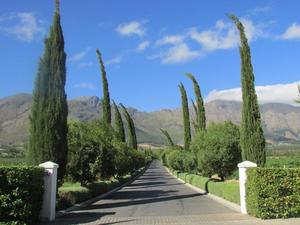 The South Africans make great wines in the area around Stellenbosch, Franschhoek and Paarl, with the added bonus of a beautiful landscape with mountain backdrop and whitewashed mansions in Cape Dutch style. Here you can taste five or six wines for 50-60 KR – around £3.50 at the time of writing – and many also offer restaurants and accommodation. We hired a taxi to drive us around all day – the driver recommending good estates for us to visit – but in Franschhoek, you can also catch the Wine Tram which links various estates.
The South Africans make great wines in the area around Stellenbosch, Franschhoek and Paarl, with the added bonus of a beautiful landscape with mountain backdrop and whitewashed mansions in Cape Dutch style. Here you can taste five or six wines for 50-60 KR – around £3.50 at the time of writing – and many also offer restaurants and accommodation. We hired a taxi to drive us around all day – the driver recommending good estates for us to visit – but in Franschhoek, you can also catch the Wine Tram which links various estates.
For a city break in Cape Town, Silver Travel Advisor recommends Somak Holidays and Kirker Holidays
